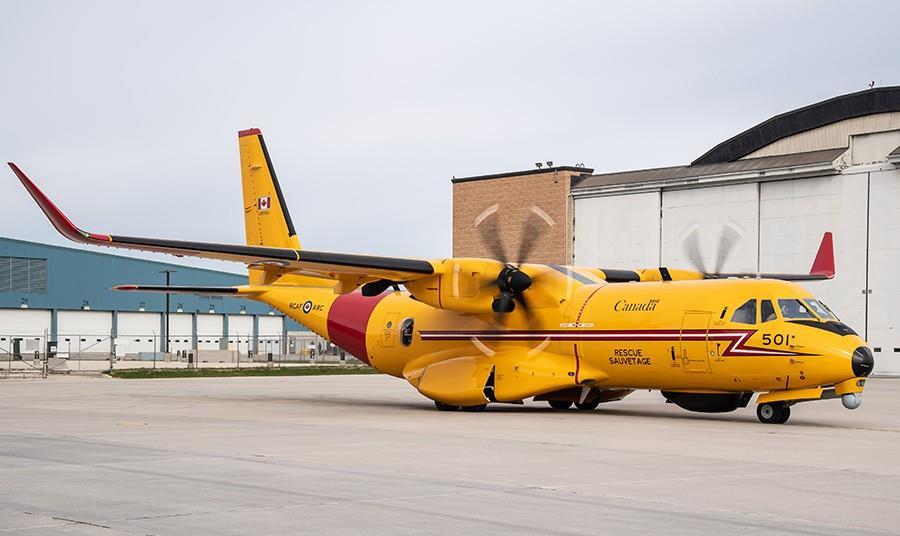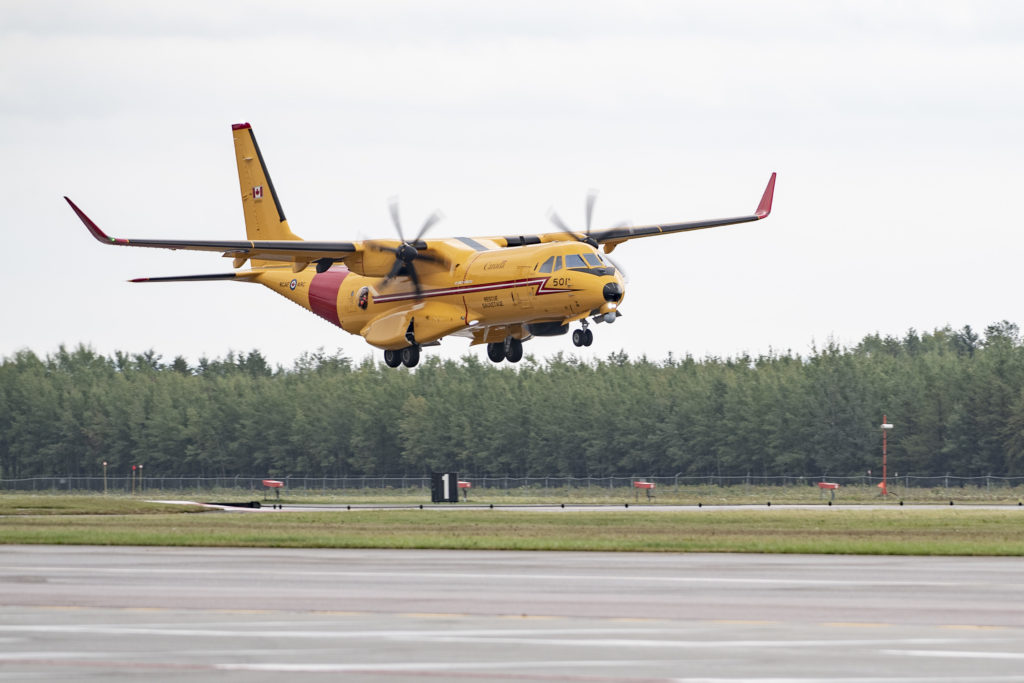. . . "Generally, there are a handful of towed jumpers per year, which can be potentially dangerous situations," said Samuel Corner, project manager for the U.S. Army Research, Development and Engineering Command Soldier Center Aerial Delivery Directorate.
Until recently, there were two ways to help a towed jumper, which occurs when the static line attached to the aircraft anchor cable becomes tangled with the jumper and/or the equipment and the parachute is not released -- cut the jumper's static line so the Soldier can deploy his or her reserve parachute or pull the Soldier back into the aircraft. Both scenarios are dangerous because the Soldier is dragged alongside or behind the aircraft until he is either released or pulled into the aircraft.
March 2017, in an effort to eliminate the possibility of a towed jumper situation, the Aerial Delivery Directorate's Airdrop Technology team submitted a project proposal to the U.S. Army Foreign Comparative Testing Program, which is embedded in RDECOM's Global Technology Office, as part of their annual call for proposals. The proposal was selected, enabling the Airdrop Technology Team to purchase ten Hung Up Parachutist Release Assemblies, or HUPRA, from the United Kingdom company, IrvinGQ (formally Airborne Systems Europe) for tests and evaluation.
The HUPRA, which includes an emergency parachute that is released once the Jumpmaster cuts the aircraft anchor line cable, is manufactured by IrvinGQ in the UK. The HUPRA is used by the UK as well as other nations on C-130 and other military aircraft.
By purchasing the system from the UK, the Army saved approximately $500,000 in non-recurring engineering costs and additional costs to develop, integrate and validate a new recovery system.
"Testing, which includes aircraft time and manpower to design validation tests, is very expensive," Corner said. "We built on efforts of the UK by using their lessons learned to accelerate our process and decrease our costs."
The tests, which were conducted at Yuma Proving Ground, Arizona, used mannequins that "jumped" out from the aircraft's side doors and ramp. The testing was conducted on C-130 aircraft and divided into seven phases; minor changes were made to the system after the first phase was completed.
Before a Soldier jumps out of an aircraft, a Jumpmaster conducts a personnel inspection of the Soldier's attaching, jumping and releasing equipment. Jumpmasters must complete a rigorous training program before they manage airborne jump operations.
. . .





